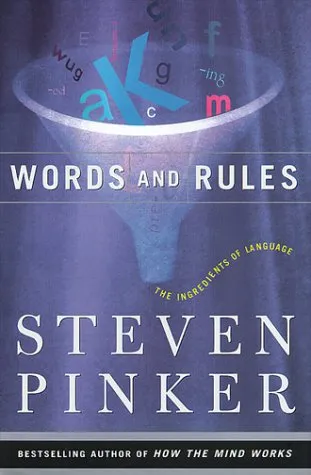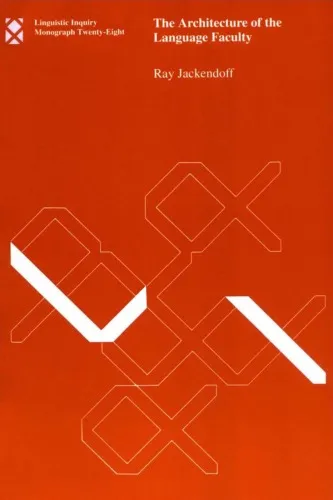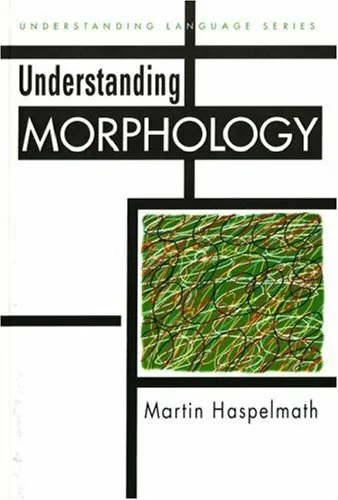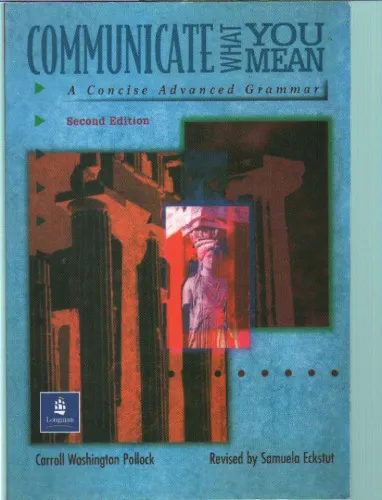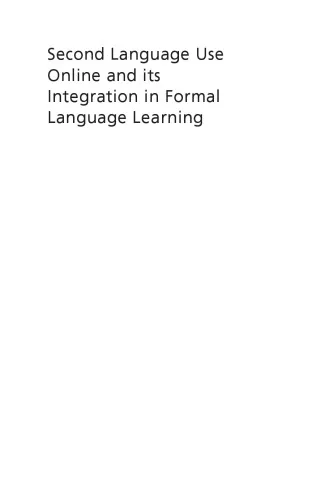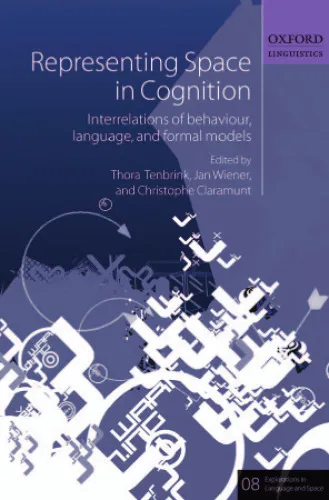Sign Language & Linguistics
4.5
Reviews from our users

You Can Ask your questions from this book's AI after Login
Each download or ask from book AI costs 2 points. To earn more free points, please visit the Points Guide Page and complete some valuable actions.Related Refrences:
Analytical Summary
The section of Sign Language & Linguisticspp.156—181 encompasses a rigorous examination of the structure, variability, and the theoretical implications of sign language within the broader scope of linguistic research. Authored by Petra Eccarius and Diane Brentari, this segment provides a concentrated analytical lens through which complex phonological and morphological patterns of sign languages are articulated, contextualised, and compared to spoken language modalities.
Across these pages, readers encounter an exploration of how sign languages function not merely as communicative tools but as full-fledged languages with sophisticated grammatical frameworks. The authors investigate the interface between visual-gestural modalities and linguistic universals, presenting empirical findings with clarity. Special emphasis is placed on phonological organisation in sign language, a subfield that examines parameters such as handshape, movement, location, and palm orientation.
An essential element of this analytical journey includes methodological approaches—ranging from corpus analysis to experimental phonology—that elucidate how sign language data contributes to contemporary linguistic theory. While the specific publication year is noted as “Information unavailable” due to the absence of reliable public sources, the section remains timeless in its relevance for linguists, language educators, and sign language interpreters.
Key Takeaways
This part of Sign Language & Linguisticspp.156—181 yields several pivotal insights for those engaged in the study or application of linguistics to visual-gestural communication systems.
First, it firmly establishes that sign languages are not derivative of spoken languages but operate with autonomous and internally coherent grammatical systems. Second, the phonological features of sign languages display systematic variation informed by both modality-specific and universal linguistic constraints. Third, the authors underscore the importance of integrating sign language data in broader linguistic debates, arguing that exclusion leads to incomplete theories. Fourth, pedagogical implications abound—educators gain tools to refine teaching that respects the linguistic integrity of sign language. Fifth, cross-linguistic comparison reveals how cultural and environmental factors intersect with language structure.
Memorable Quotes
Sign languages illuminate the boundaries of human linguistic capacity through their visual-gestural grammars.Unknown
Phonological theory is enriched when the language data extends beyond the auditory channel to the visual and tactile.Unknown
Recognition of sign language as a complete linguistic system reshapes our understanding of language universals.Unknown
Why This Book Matters
Sign Language & Linguisticspp.156—181 is pivotal for scholars and practitioners seeking to expand linguistic inquiry to encompass all modalities, not just speech and text. Its meticulous documentation and analysis broaden the epistemic field by integrating findings from the realm of signed communication.
For professionals in deaf studies, language policy, and language teaching, the work offers both theoretical depth and methodological guidance. By weaving together empirical research with theoretical modelling, Eccarius and Brentari position sign languages at the heart of mainstream linguistic conversations. This not only challenges entrenched paradigms but also enriches the disciplinary framework.
The secondary keywords—sign language research and linguistic analysis of visual-gestural language—reflect the work’s core themes and serve as entry points for multidisciplinary engagement. They indicate the text’s utility as a resource for both academic study and applied professional development.
Inspiring Conclusion
In reflecting on Sign Language & Linguisticspp.156—181, it is clear that this work invites scholars, educators, and linguists to reconsider the boundaries of language itself. By carefully integrating visual-gestural modalities into linguistic analysis, the authors have crafted a segment that is as theoretically robust as it is practically relevant.
This text encourages readers to approach linguistics from a more inclusive, multidisciplinary perspective—one that respects the structural and functional integrity of sign languages. The invitation here is evident: read closely, share these findings within your networks, and engage in informed discussions that will further enrich the field of sign linguistics for years to come.
Free Direct Download
You Can Download this book after Login
Accessing books through legal platforms and public libraries not only supports the rights of authors and publishers but also contributes to the sustainability of reading culture. Before downloading, please take a moment to consider these options.
Find this book on other platforms:
WorldCat helps you find books in libraries worldwide.
See ratings, reviews, and discussions on Goodreads.
Find and buy rare or used books on AbeBooks.
1170
بازدید4.5
امتیاز0
نظر98%
رضایتReviews:
4.5
Based on 0 users review
Questions & Answers
Ask questions about this book or help others by answering
No questions yet. Be the first to ask!

